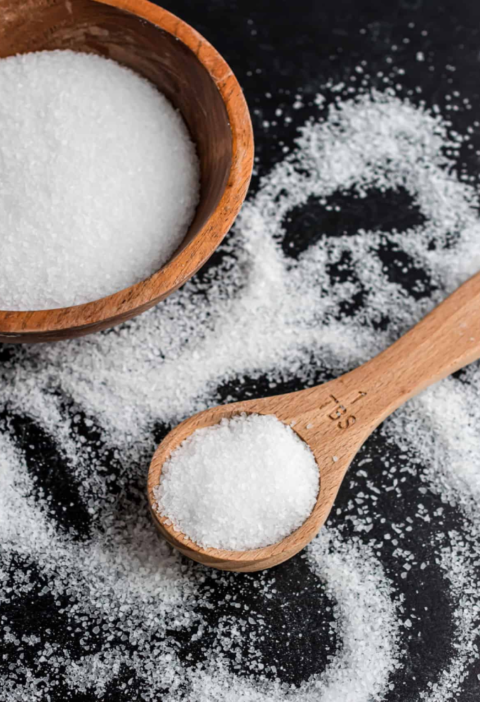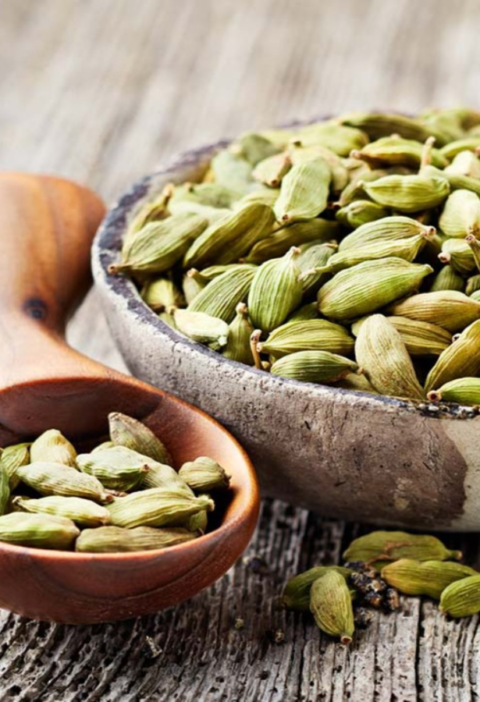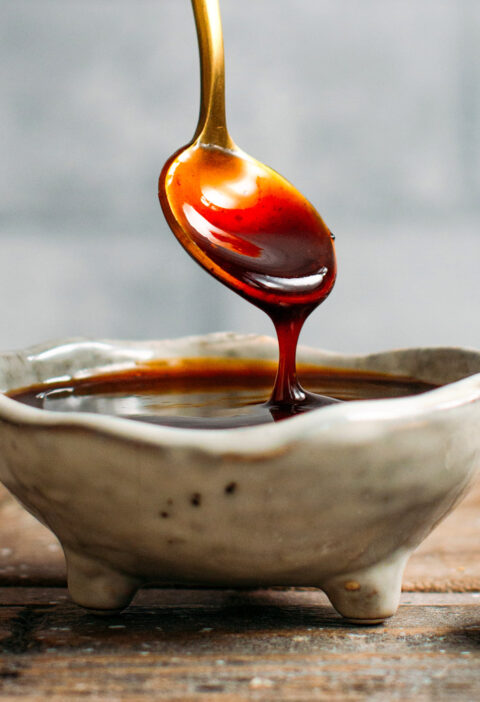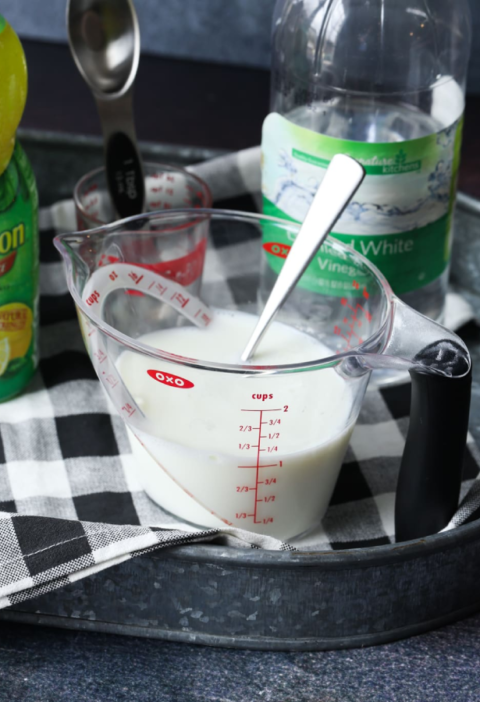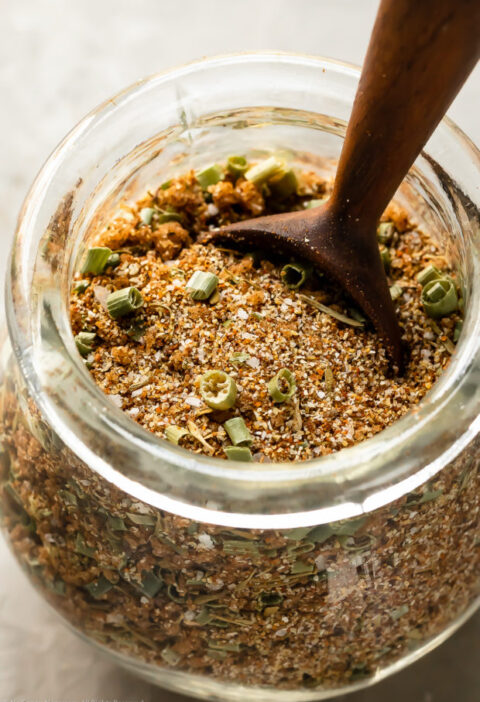As you know there are many types of flour commonly available on the shelves of your local supermarket. Some are bleached and unbleached flour. Now, the question may arise here how can you distinguish between bleached flour vs unbleached? Selecting the right flour for your bread and other baked products can help you to consume more nutritional content of the flour you use. If you want to know which flour is the best for your kitchen and your family too. Let’s figure it out:
Table of Contents
What is the Difference Between Bleached and Unbleached Flour?
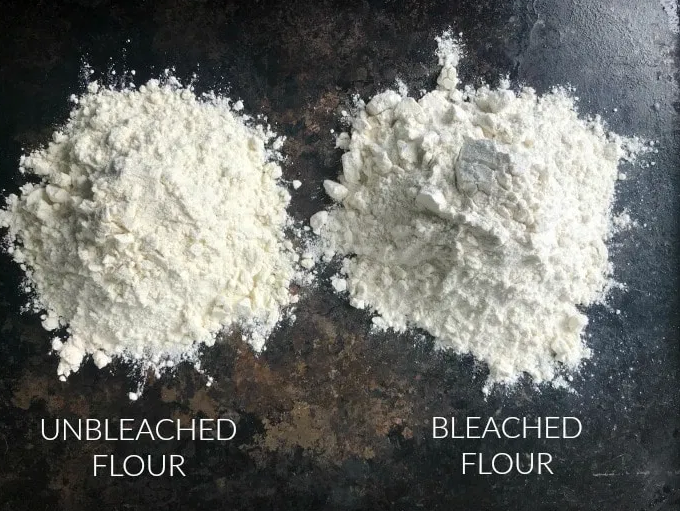
There is no such a big difference between bleached and unbleached flour. When the flour is milled, it has a nice off-white color naturally. Many consumers prefer pure white flour for their cooking, so the big companies started to add some bleaching chemicals to refine the flour according to the consumer needs.
What kind of chemical they use? Some chemical compounds like nitrogen peroxide, chlorine gas, chlorine dioxide, nitrogen trichloride, and benzoyl peroxide are used as a bleaching component in your flour. These bleaching agents result in ultra-fine flour and give the refining texture with pure white color. The process of refining the flour eliminates its important nutrients. This is the reason the bleached flour is not healthy for the family.
Why is Bleached Flour Not Ideal for Your Family?
We all used bleached flour for cupcakes, bread, and other baked products. There are a couple of reasons for not crazy about the bleached flour.
- Bleached flour is not more nutritious – When the bleaching process is started, the amount of the main nutrient in the flour get diminish due to a chemical breakdown.
- Bleached flour has a bitter taste sometimes – A person having a sensitive sense of taste may notice the bitter aftertaste in bleached flour.
- Chemicals are used to refine the flour – If you don’t know let us tell you, almost 20 chemicals are used by companies to bleach the flour. This gives you a smooth texture with pure white color, but only a few uses at a time. The preservatives used for the long-term consumption of the flour after the bleaching process suck out the main nutrition of the flour.
Does Unbleached Flour Make a Difference in Baking?
There is a difference but not a big one. Unbleached flour is naturally aged but does not have any bitter aftertaste. It is not as smooth as bleached flour. It is slightly coarse so that it can hold the shape of the baked goods slightly better. Unbleached flour is natural off-white in color. Many people consider the bleached one an ideal for cakes and pie crusts and quick bread, but the reality is that the differences in how these flours bake are quite not easy to notice. The greatest difference between unbleached flour vs bleached flour is in how they’re made and what’s in them.
The bleached flour is more user-friendly for baking goods. The chemical agents give the flour pure white color in just 2 days, but the unbleached flour takes 6-7 months from pale to off-white then to pure white.
Is Unbleached Flour the Same as All-Purpose Flour?
Yes, the unbleached flour is the same as all-purpose flour because no chemicals are added to make it whiten as bleached flour. It remains natural pale or you can say off white in color. When it is stored for a while after being milled. It changes its color when comes in contact with oxygen from pale to white but not as white as the bleached flour.
Nutrient Profile of Bleached Flour and Unbleached Flour:
The nutrient value of both unbleached flour and bleached flour is almost the same. Both contain the same amount of protein, fat, carbs, and fiber per cup (125 grams).
| Bleached Flour | Unbleached Flour |
|---|---|
| Less of Vitamin E | Rich of Vitamin E |
| vitamins B (like folate, niacin, vitamin B6, and thiamine) | vitamins B (like folate, niacin, vitamin B6, and thiamine) |
| No More Fibre | More Fibre |
| No More Manganese, Copper, and antioxidants | More Manganese, Copper, and antioxidants |
FAQ:-
Is unbleached flour good for frying?
Yes, unbleached flour is good for frying. It is much healthier than Bleached Flour.
Which one is better to make a cake Bleached or Unbleached?
White Bleached Flour is best to make baked products like pie crusts, cakes, cookies, pancakes, and waffles. White unbleached Flour i.e. All-purpose Flour has high gluten content which is the best to make most of the baking goods such as cakes, pie, pancakes, and some pizza crusts.
Can you substitute Almond Flour for Bleached Flour?
Yes, Almond Flour can be substituted for Bleached Flour. This flour can not be swapped for one-to-one or cup-for-cup basis recipe/dish that call for wheat and gluten-free flour.
Now, you know the difference between bleached and unbleached flour. You can now choose what is good for the health of your family. Please! comment down below your questions, and let us know how much informative is this article for you. 🙂



